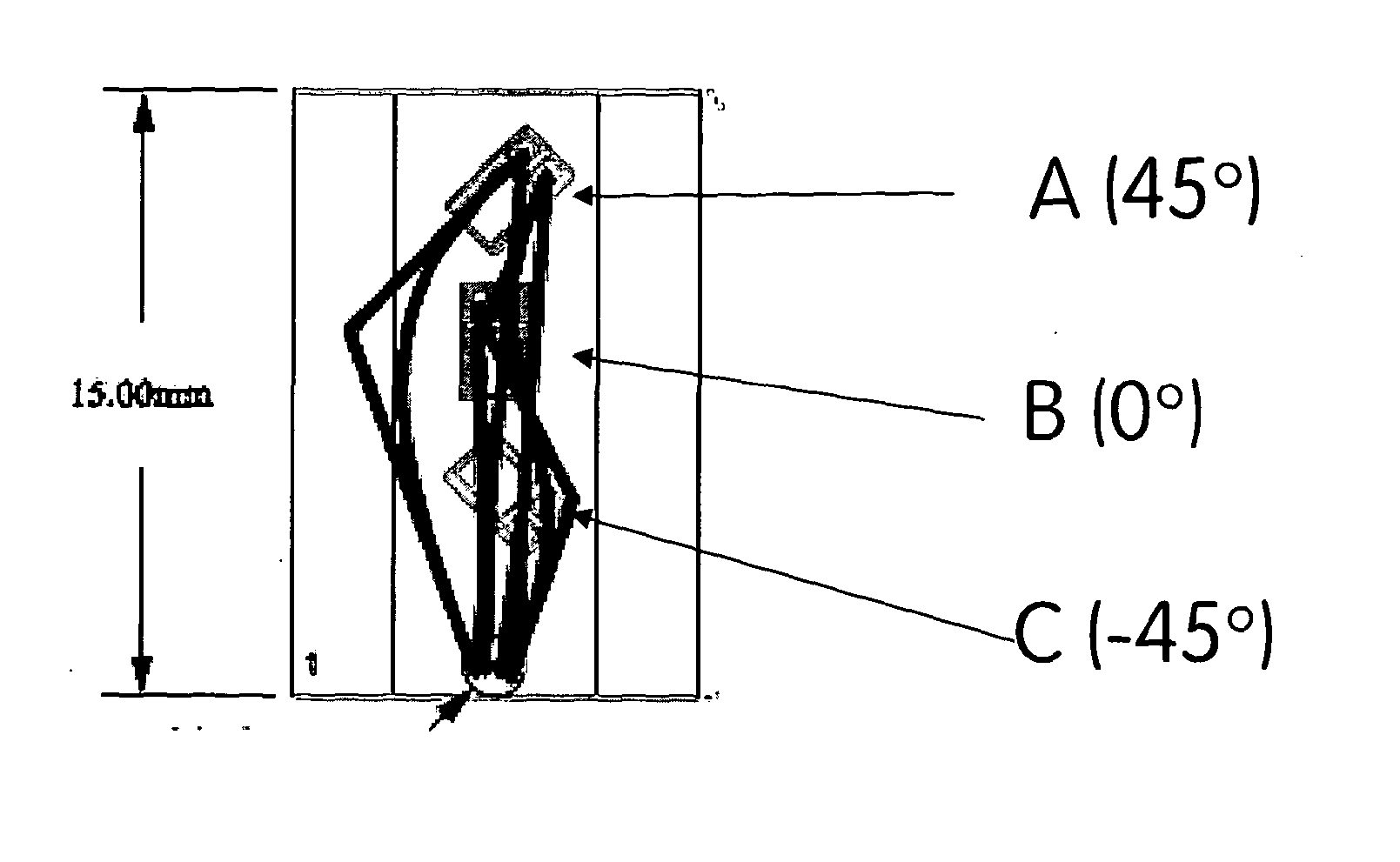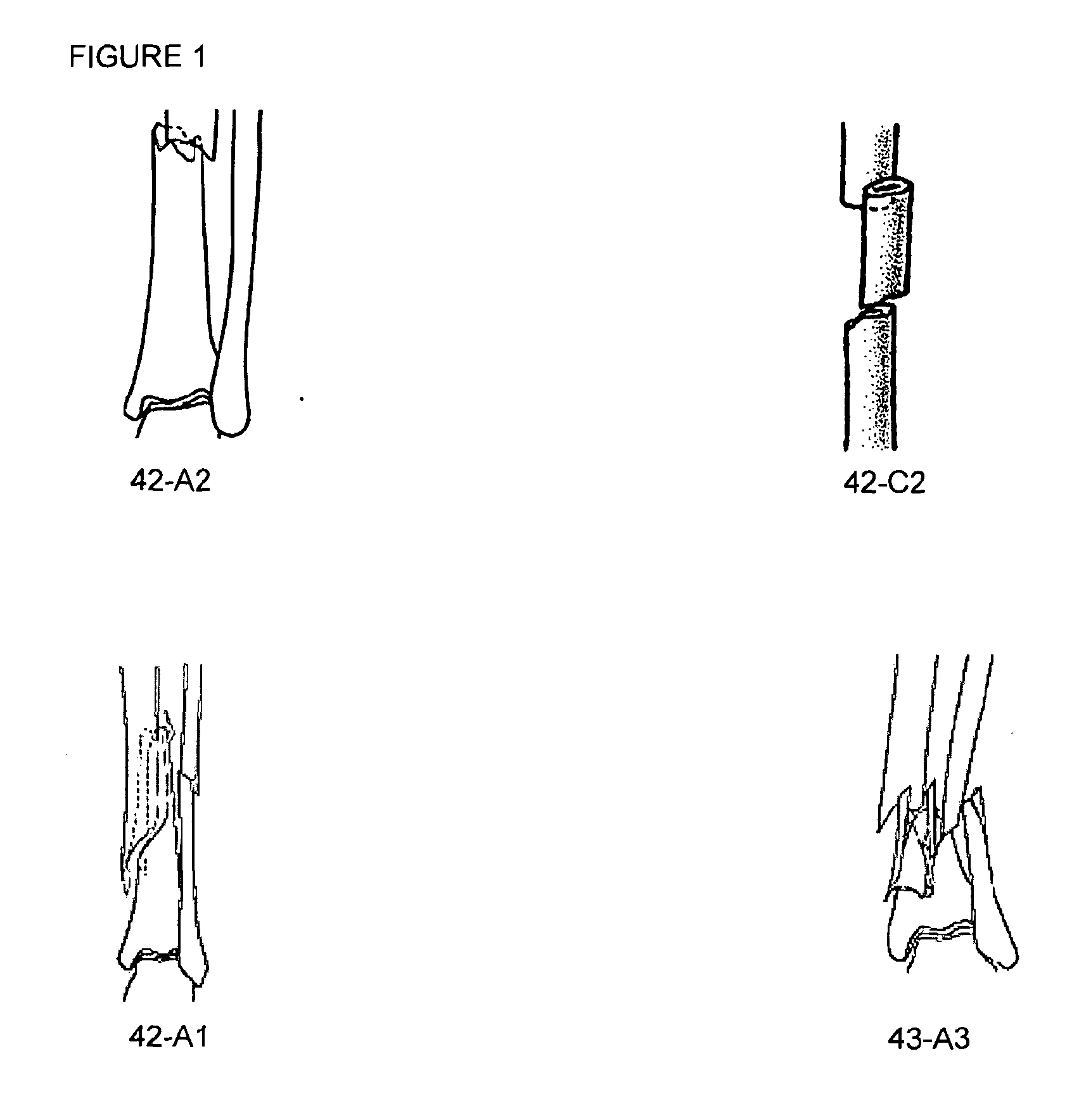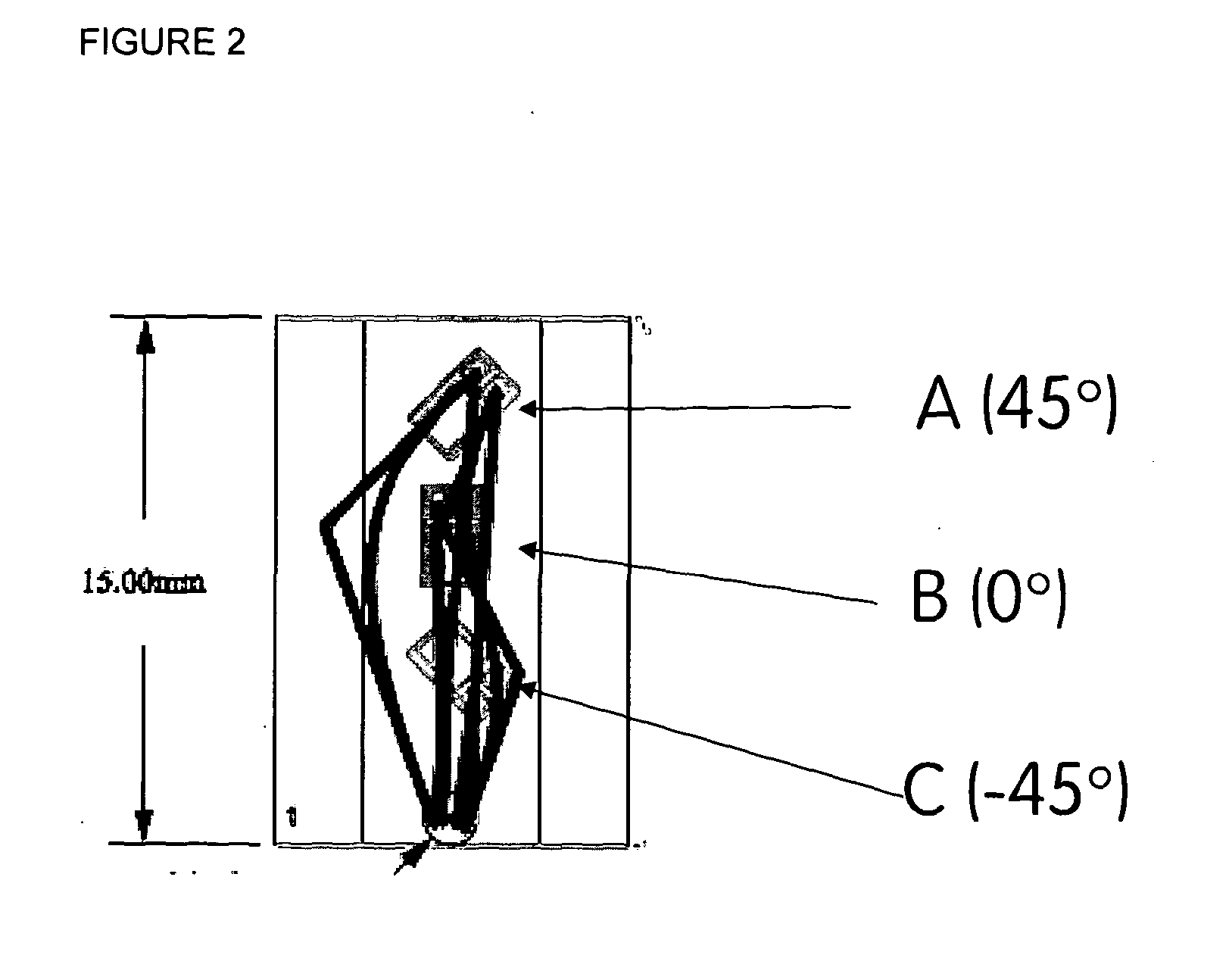Telemetric orthopaedic implant
a telemetry and orthopaedic technology, applied in the field of orthopaedic implants, can solve the problems of significant decrease in sensitivity in strain measurement, unimportant relative location of the gauge to the fracture site, etc., and achieve the effect of reducing fractures, assessing both implant stability and fracture reduction, and indirectly measuring callus stiffness
- Summary
- Abstract
- Description
- Claims
- Application Information
AI Technical Summary
Benefits of technology
Problems solved by technology
Method used
Image
Examples
Embodiment Construction
[0159]A “smart implant” is an implant that is able to sense its environment, apply intelligence to determine what action is required, and act on the sense information to change something in a controlled, beneficial manner. One attractive application of smart implant technology is to measure loads on an orthopaedic implant. For example, an IM nail is subjected to three types of loading: bending, torsional, and compression. These loads may be measured indirectly by measuring sensor output of a series of strain gauges mounted on the orthopaedic implant. In the case of an IM nail, diametrically apposed strain gauges mounted on the outer surfaces of the nail are subjected to tensile and compressive forces, respectively. Typically, the strain measured from the sensors is higher when the implant is loaded in bending rather than in compression.
[0160]A fundamental parameter of the strain gauge is its sensitivity to strain, expressed quantitatively as the gauge factor G, as defined in WO 2007...
PUM
 Login to View More
Login to View More Abstract
Description
Claims
Application Information
 Login to View More
Login to View More - R&D
- Intellectual Property
- Life Sciences
- Materials
- Tech Scout
- Unparalleled Data Quality
- Higher Quality Content
- 60% Fewer Hallucinations
Browse by: Latest US Patents, China's latest patents, Technical Efficacy Thesaurus, Application Domain, Technology Topic, Popular Technical Reports.
© 2025 PatSnap. All rights reserved.Legal|Privacy policy|Modern Slavery Act Transparency Statement|Sitemap|About US| Contact US: help@patsnap.com



